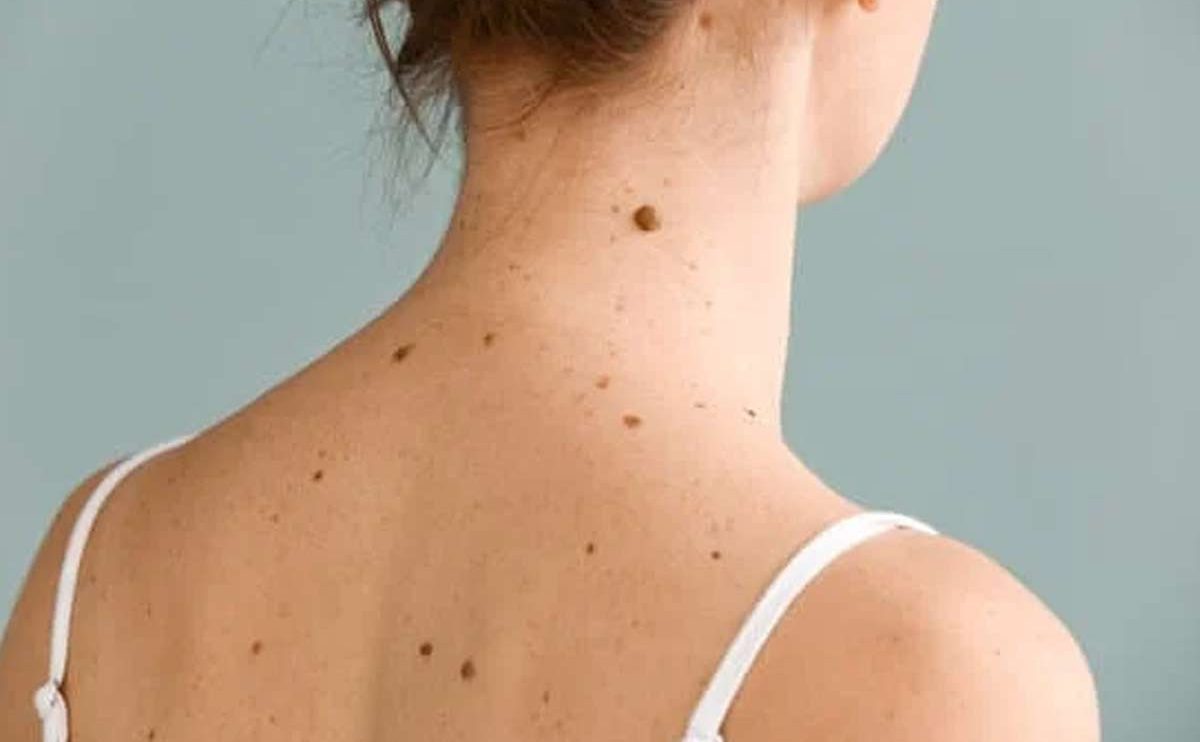Moles, medically known as nevus pigmentosus, are pigment disorders in the skin.
Understanding
Moles, medically known as nevus pigmentosus, are pigment disorders in the skin. Moles are generally brown in color, but can also be black or even the color of the skin. Moles can be flat against the surface of the skin, or they can be higher than the surrounding skin.
Moles can increase or decrease in number. In women, the appearance of moles is often related to hormonal changes. Moles often appear when women are pregnant and when they have menopause.
Most cases of moles do not interfere with health at all. But there are also moles which are a sign of skin cancer.
Reason
Moles occur when melanocytes (cells that produce skin pigment) gather in one location. This causes the melanin (skin pigment) in the area to become more abundant so that the skin color is different from the surrounding skin.
In most cases of moles, the excess number of melanocytes is congenital.
Moles Diagnosis
When finding moles, the most important thing is to be able to distinguish whether the mole is a normal mole or a sign of skin cancer. The following questions are needed to differentiate them:
- Are moles accompanied by symptoms of pain, itching, or burning sensation?
- Is the color and shape of the mole uneven?
- Does the mole seem to grow rapidly?
- Does a mole bleed continuously?
- Does the mole look red and swollen?
If any of the questions are answered “yes”, then there is a possibility that the mole is a sign of skin cancer. To be sure, the doctor will do a biopsy by lifting the mole and looking at it under a microscope.
Meanwhile, if all of these questions are answered “no”, then there is no need for further examination because the mole is safe.
Moles Symptom
Moles are usually brown in color, and can be oval or round. Moles can vary in size from the size of a pinhole to the size of a hand. Moles generally do not cause any symptoms.
If there are symptoms of a mole, such as pain, itching, feeling like burning, bleeding, or growing rapidly, this should be watched out for because the possibility of this mole is a sign of skin cancer.
Moles Treatment
Most moles are safe and require no treatment at all. However, if there is a suspicion of skin cancer, the mole must be removed surgically.
Moles Prevention
Moles that occur as a result of being born cannot be prevented. Meanwhile, moles as a sign of skin cancer can be prevented by carrying out routine mole checks and limiting exposure to ultraviolet light (generally obtained from exposure to sunlight above 09.00).












Add Comment